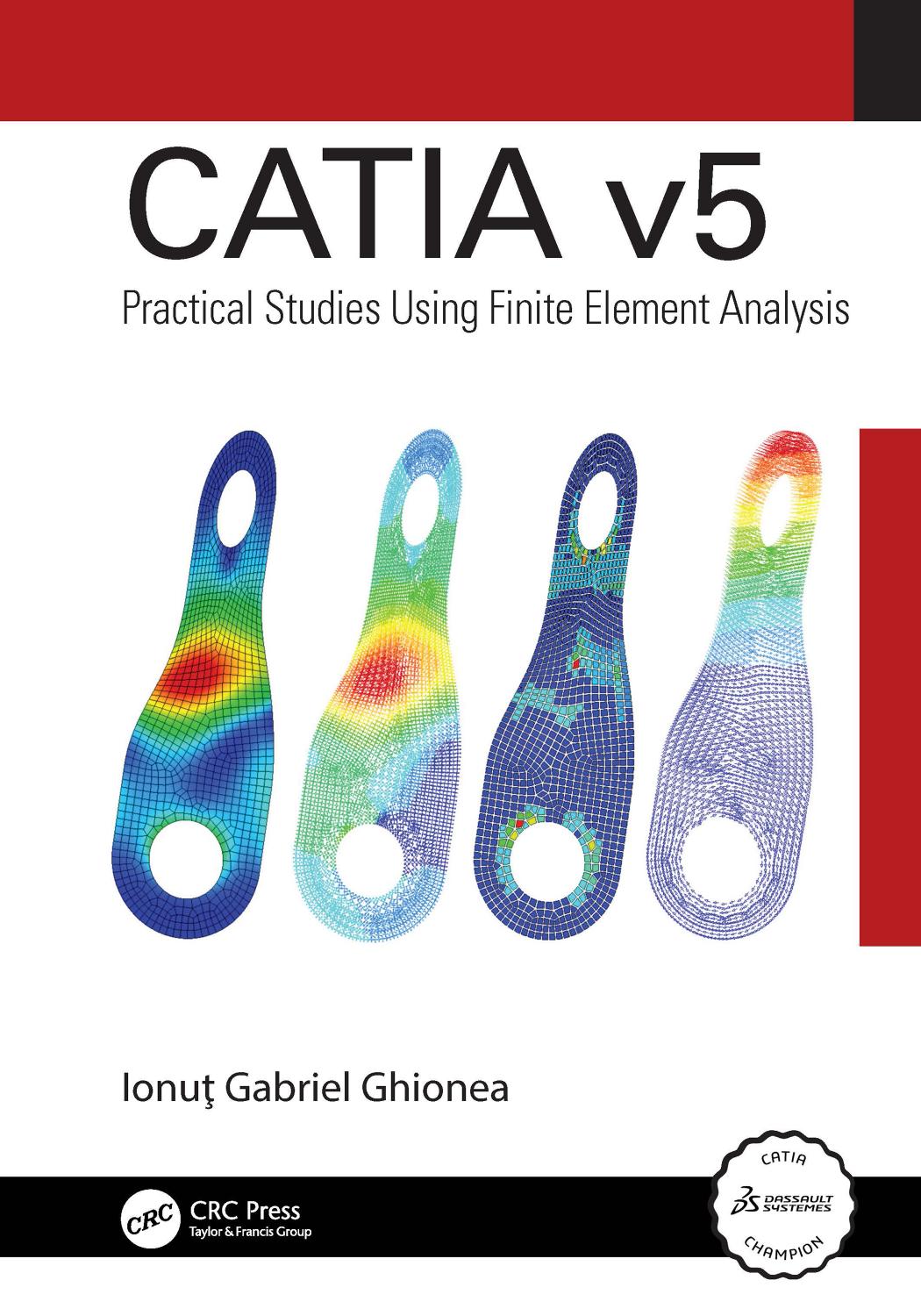

Most ebook files are in PDF format, so you can easily read them using various software such as Foxit Reader or directly on the Google Chrome browser.
Some ebook files are released by publishers in other formats such as .awz, .mobi, .epub, .fb2, etc. You may need to install specific software to read these formats on mobile/PC, such as Calibre.
Please read the tutorial at this link: https://ebookbell.com/faq
We offer FREE conversion to the popular formats you request; however, this may take some time. Therefore, right after payment, please email us, and we will try to provide the service as quickly as possible.
For some exceptional file formats or broken links (if any), please refrain from opening any disputes. Instead, email us first, and we will try to assist within a maximum of 6 hours.
EbookBell Team

0.0
0 reviewsThis book is more than an introduction to CATIA v5 Finite Element Analysis, providing a practical approach to the subject. The basic concepts of finite element analysis (FEA) in CATIA v5 are explained and augmented with examples and figures for a thorough understanding of the subjects.
The book is intended to be used by students from programs with a mechanical or industrial engineering background, but also by design and control engineers from various industries (automotive, aerospace, military, heavy machinery, medical technology, etc.). These users need to work and verify their 3D parts and assemblies by applying various methods. Among them, the finite element method (FEM) is a very important tool because it provides information on how the stresses are distributed in the component parts, how the loads are applied and what are the values and orientations of the resulting displacements.
All the content is organized in a logical manner, with chapters that cover both theoretical concepts and practical issues addressed through the use of modelling, assembly and FEA. The presented applications are clearly written and easy to understand, with step-by-step instructions and ample explanations, illustrations and figures. Many of the tutorials start from the beginning, including the parametric modelling of the part and the interpretation of FEM analysis results.
From students to engineers, all are advised to open and follow the pages of this book with interest and perseverance, to patiently go through all the explanations of the presented tutorials, to explore the proposed FEM problems and then to successfully apply the knowledge acquired in their professional activities.